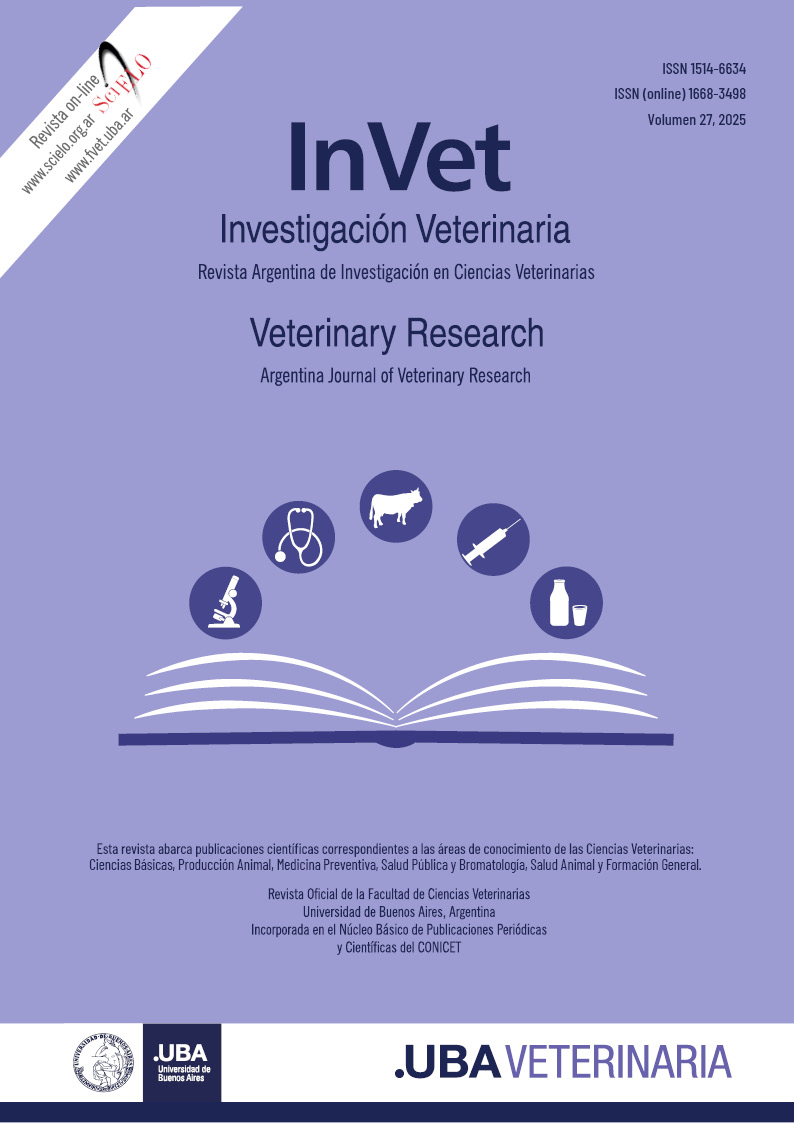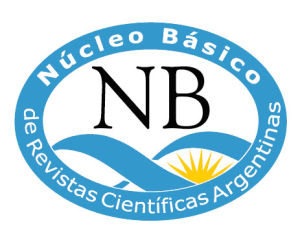Chitosan hydrogels crosslinked with glyoxal as controlled drug release systems
DOI:
https://doi.org/10.62168/invet.v27i1.54Keywords:
chitosan, hydrogels, controlled drug release, insulinAbstract
Chitosan hydrogels have garnered attention as transdermal drug delivery systems due to their ability to
facilitate controlled release of bioactive compounds, achieving systemic therapeutic effects. In this study,
we synthesized and characterized chitosan hydrogels crosslinked with glyoxal, targeting their potential as controlled drug release systems in animal production. The hydrogels were extensively characterized using Fourier Transform Infrared Spectroscopy to identify functional groups and confirm the successful incorporation of insulin. Swelling studies demonstrated a maximum swelling ratio of 4155 % at acidic pH, indicating significant water uptake and potential for drug delivery applications. Biocompatibility assessments, including hemolysis and MTT assays, revealed a hemolysis percentage below 10 % and cell viability exceeding 95 % after 24 and 48 hours, underscoring the hydrogels’ safety profile. Insulin incorporation efficiency was 95.99 %, with a sustained release profile reaching a maximum of 13.19 % at 27 hours. These findings suggest that chitosan-based hydrogels crosslinked with glyoxal hold promise as effective platforms for slow or sustained transdermal drug delivery, particularly for therapeutic agents requiring prolonged release.
Downloads
Downloads
Published
Issue
Section
License
Copyright (c) 2025 Carolina Flores Bracamonte, Luján Pedraza, Fabrisio Alustiza, Andrea Bozzo, César Barbero, Romina Bellingeri, Maria Molina

This work is licensed under a Creative Commons Attribution-NonCommercial-NoDerivatives 4.0 International License.













